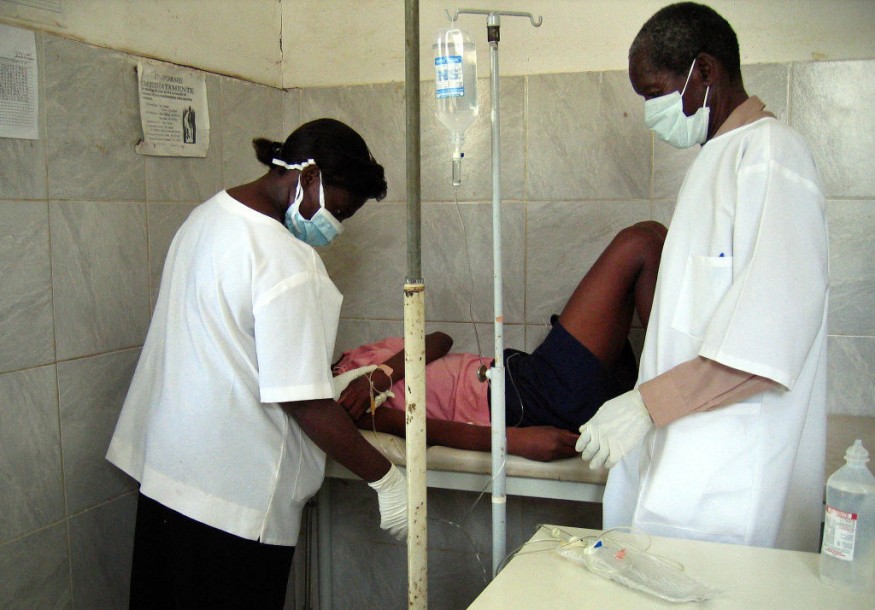Marburg virus outbreak has been reported in Tanzania, killing several people, and causing both a national threat and a regional concern in Africa, according to multiple reports.
Local health authorities said the victims reside in the East African country's Kagera Region, which borders with eastern Rwanda, northeastern Burundi, and southern Rwanda.
The origin of the current Tanzania Marburg infections remains unknown.
However, experts in the past point out the Egyptian rousette fruit bat has been a frequent carrier of a pathogenic virus from filovirus family, which causes the deadly, highly contagious disease inflicting the country now.
In recent years, related cases have been reported in other countries in Africa, including Angola, Ghana, and Uganda.
Tanzania Marburg Virus Outbreak

Despite the growing concern and outbreak, the Marburg virus disease has been "contained" and is possible to not spread further, according to Tanzania's Health Minister, Ummy Mwalimu, as cited by the BBC.
Mwalimu added that three people are sent to a hospital for treatment, and local authorities are tracing 161 people, believed to be potentially infected.
Despite the containment efforts in Tanzania, the Ugandan government is reportedly on high alert following the Marburg virus disease outbreak in the Kagera Region.
This came after Tanzanian officials reported that seven people were suffering from a "strange disease" in the border region last week, NTV Uganda reported.
Also Read: Mystery Disease Called 'Nosebleed Outbreak' or 'Rat Fever' is Emerging in Some African Countries
Marburg Virus Disease
According to the WHO, the Marburg virus disease or MVD is a severe and a fatal illness most of the time affecting humans.
Once inside the body, the virus causes a severe viral haemorrhagic fever.
The disease is previously known as the Marburg haemorrhagic fever.
The average Marburg disease fatality rate is approximately at 50%, meaning that half of all people infected with MVD dies.
Case fatality rates have varied in the past, ranging from 24% to 88% in previous Marburg outbreaks, which depends on the type of virus strain and quality of case management.
Marburg Virus Symptoms
The common Marburg virus symptoms are marked by chills, fever, headache, and myalgia, which occurs after an approximate incubation period of two to 21 days, according to the Centers for Disease Control and Prevention (CDC).
The CDC emphasized that a rash may occur on the fifth day, and other symptoms, such as chest pain, nausea, vomiting, diarrhea, abdominal pain, and sore throat could appear.
Furthermore, aggravation of symptoms can occur, resulting in organ failure and even death.
Marburg Virus Treatment and Vaccines
There are currently no approved anti-viral treatments or vaccines for the Marburg virus disease.
However, rehydration with oral or intravenous fluids with supportive care, as well as the treatment of specific symptoms (as mentioned above), can improve one's survival, according to the WHO.
In 1967, the Marburg virus was first identified by scientists after hemorrhagic fever outbreaks occurred simultaneously inside laboratories in the town of Marburg and city of Frankfurt in Germany, as well as in Belgrade, Yugoslavia (in what is now Serbia), according to the CDC.
Out of 31 infected people that time, seven people died from the disease.
Since then, succeeding outbreaks have centered in Africa in the past several decades and years.
In February 2023, a Marburg virus disease outbreak occurred in Equatorial Guinea and left at least nine people dead, according to the WHO and local authorities, as cited by the BBC.
© 2025 NatureWorldNews.com All rights reserved. Do not reproduce without permission.





